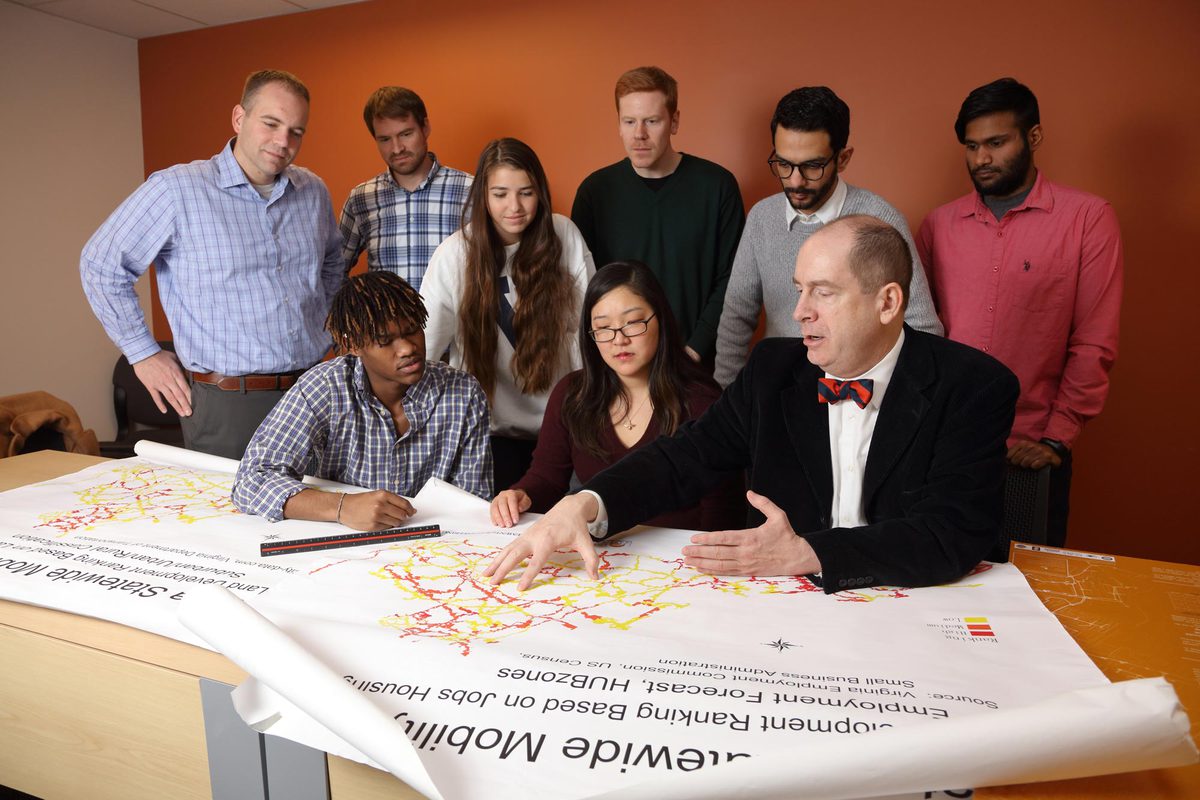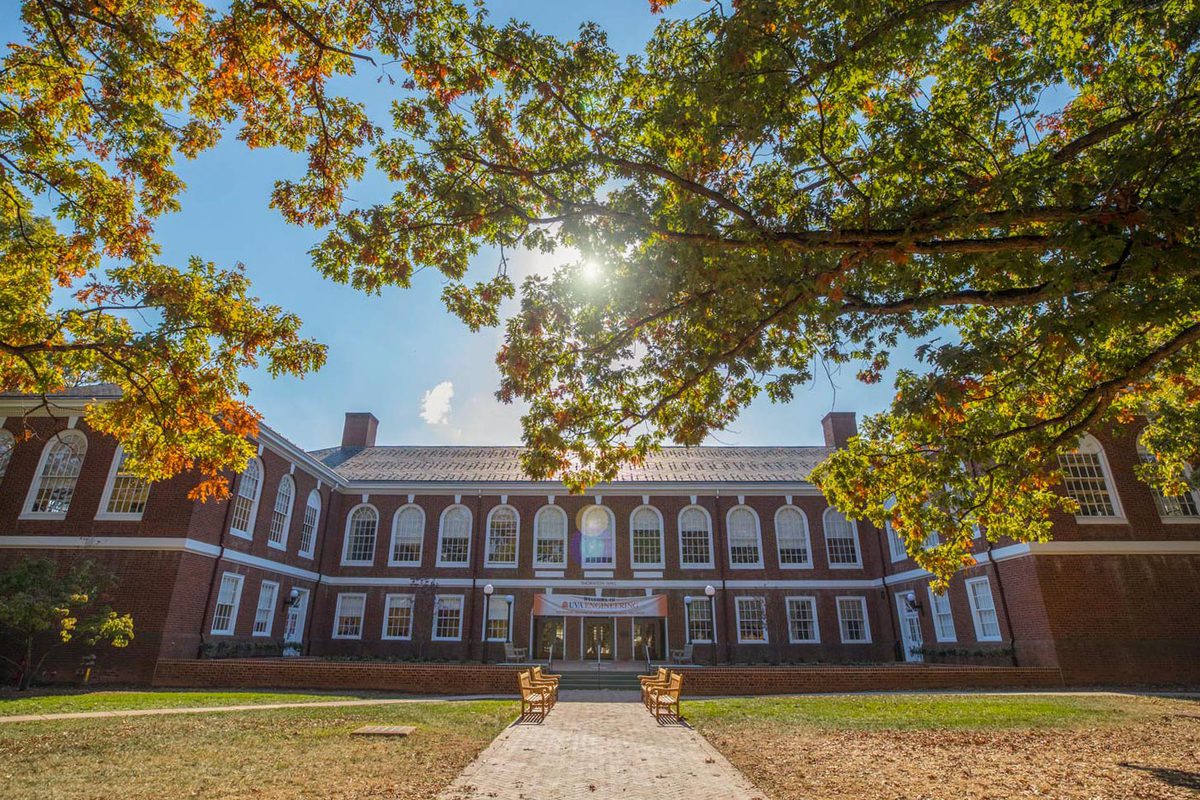Consider a seemingly small event for today’s high-tech lifestyle: A package you ordered from a retailer arrived exactly as you expected, because the seller communicated when your purchase shipped, where it was along the way and how the deliverer would confirm the package got to the right person. Let’s say the package contained perishables like food or medicine; there was verification that your package was kept at a cold temperature and not handled roughly on the trip.
That’s an example of a smart supply chain, an integrated system employing a network of humans and technologies that track your purchase from point of origin to your doorstep.
But how do you know the various technologies in the supply chain are not compromised – loaded with malware that will be used to gather information to target you for theft or infect nearby systems with viruses? Could one or more of the thousands of devices that run the supply chain be counterfeit?
Technology manufacturers, governments and other entities such as the organizations that develop the standards for technology are called upon to ensure security and trust in integrated systems such as supply chains. That’s getting increasingly difficult to do as bad actors tamper with the countermeasures engineers build into devices and connected systems.
The University of Virginia School of Engineering is a founding partner of a new national research center that is addressing these urgent challenges. The Center for Hardware and Embedded Systems Security and Trust, known as CHEST, earned a prestigious designation as a National Science Foundation Industry-University Cooperative Research Center as of Oct. 1.
The center is a joint initiative of the University of Virginia, the University of Cincinnati, Northeastern University, the University of Connecticut, the University of Texas at Dallas and the University of California, Davis. It is the largest National Science Foundation Industry-University Cooperative Research Center in the number of participating universities.
“There are enormous research challenges associated with the design, protection and resilience of electronic hardware and embedded systems, which are components of a larger system or device with a dedicated function,” said James. H. Lambert, a professor in the Department of Engineering Systems and Environment who led UVA’s effort to help create the new center. “All of these pieces rely on embedded circuits, sensors, software, microprocessors and proper systems integration to function.

James H. Lambert, front right, a professor in the UVA Department of Engineering Systems and Environment, discusses freight corridors in Virginia with student researchers. (Photo by Tom Cogill)
“Vulnerabilities to embedded devices can be introduced during design, manufacturing, testing, transport or any stage of the system lifecycle. By working with industry and government partners to understand what the real issues are and to ask the right questions, we are addressing the priorities for security, assurance and trust across integrated systems,” said Lambert, who also is director of UVA’s Center for Risk Management of Engineering Systems.
The partnering institutions, led by the University of Cincinnati, created the center in 2018 to innovate and disseminate new technologies, practices and guidelines for stakeholders. A key piece of the center’s mission is developing a workforce for government and industry by supporting increased education and research opportunities for graduate students and faculty.
“Building consumer trust in technology is central to our work,” said John M. “Marty” Emmert, an electrical engineering and computer science professor at the University of Cincinnati and the project’s lead investigator.
“Attacks happen, and the systems we design are not always going to repel them. Then it becomes, how does the system – for example, an autonomous vehicle, or infrastructure such as the power grid – recover from any harm that is caused? Is the user protected? Our research interests are wide-ranging, from anti-reverse engineering and anti-tampering to secure communication protocols, vulnerability analysis, and infrastructure safety and resilience.”
The center is supported by grants from the National Science Foundation along with matching funds from industry, government and nonprofit members. The Industry-University Cooperative Research Center announcement comes with National Science Foundation grants to each of the participating universities through September 2024. UVA anticipates a total National Science Foundation award of $750,000 and matching industry funds over the five-year period.
Together with each university’s matching contributions and support from the center’s industry and other members, the initial five-year funding for the project will total $9 million.
The Center for Hardware and Embedded Systems Security and Trust’s corporate members include Verizon, Honeywell, Booz Allen Hamilton, Systems Planning and Analysis, Fermata Energy and others. The Office of the Under Secretary of Defense for Research and Engineering, the Air Force Research Laboratory and Sandia National Laboratories, are among the federal agencies that are members.
While Lambert’s colleagues at the partner universities are electrical engineers working on the hardware and software side of the center’s mission, UVA Engineering’s expertise extends to risk and resilience analysis and integration and evaluation of complex systems. Lambert and 15 or so graduate and undergraduate students work with the U.S. Army Corps of Engineers and the Commonwealth Center for Advanced Logistics Systems, a public-private partnership that supports the Port of Virginia to improve container freight operations. Both agencies are key members at the new center’s UVA site.
Some of Lambert’s work involves analyzing data on freight transportation to find vulnerabilities in the distribution infrastructure to ensure, for example, that off-the-shelf electronic parts can’t be exploited by third parties. For the Corps of Engineers, Lambert’s group is looking at embedded devices used in systems that automate hydropower, marine navigation and emergency management.
“Let’s say in the future we get even more data like that, and somebody else knows precisely where a shipment is. Imagine inserting bad information such that the household groceries go to NASA and the rocket parts go to an adversary,” Lambert said.
Collectively, the center’s research is meant to root out, prevent and mitigate such mischief.
“With our Industry-University Cooperative Research Center designation, we will be working in an established and tested framework, ensuring that our diverse community of researchers will get the most out of our collaborations with industry and government partners,” Emmert said. “Together, we can do the research and produce the underlying science that will benefit society as a whole.”
For example, at UVA, Lambert is working with Fermata Energy, a Charlottesville company developing a technology using bi-directional chargers for electric vehicle batteries that enable the vehicles for innovative energy storage. The chargers can send power from the vehicles to the electricity grid, potentially generating revenue while the vehicle is parked and helping stabilize the grid during peak usage. The Fermata chargers are manufactured in Danville, and were developed in collaboration with UVA Engineering with funding from the Virginia Tobacco Region Revitalization Commission. Lambert is examining cybersecurity risks to the grid as more users adopt electric vehicles and advanced chargers.
“The Center for Hardware and Embedded Systems Security and Trust adds worldwide visibility to the work that our department and its affiliated centers, such as UVA’s interdisciplinary Link Lab for cyber-physical research and the Center for Risk Management of Engineering Systems, are doing in the area of security and trust of integrated systems,” Lambert said.
The Center for Hardware and Embedded Systems Security and Trust is one of two National Science Foundation Industry-University Cooperative Research Center sites for UVA’s Department of Engineering Systems and Environment. In 2017, the University joined the Center for Visual and Decision Informatics under the leadership of professor Peter A. Beling.
“The National Science Foundation encourages these partnerships because the nation and world benefit from a stronger engineering workforce and transfer of technology from the lab to the real world,” said Brian Smith, professor and chair of the Department of Engineering Systems and Environment.
“It’s incredibly important that we pursue these kinds of relationships and take advantage of the resources that are available,” Smith said. “I am grateful to Professor Lambert for leading on this and to our partners across the country who share our desire to use the work we do for the greater good.”
For information on collaborating with the center, visit nsfchest.org.
Media Contact
Article Information
October 14, 2019
/content/uva-engineering-joins-new-center-seeking-protect-connecting-systems

